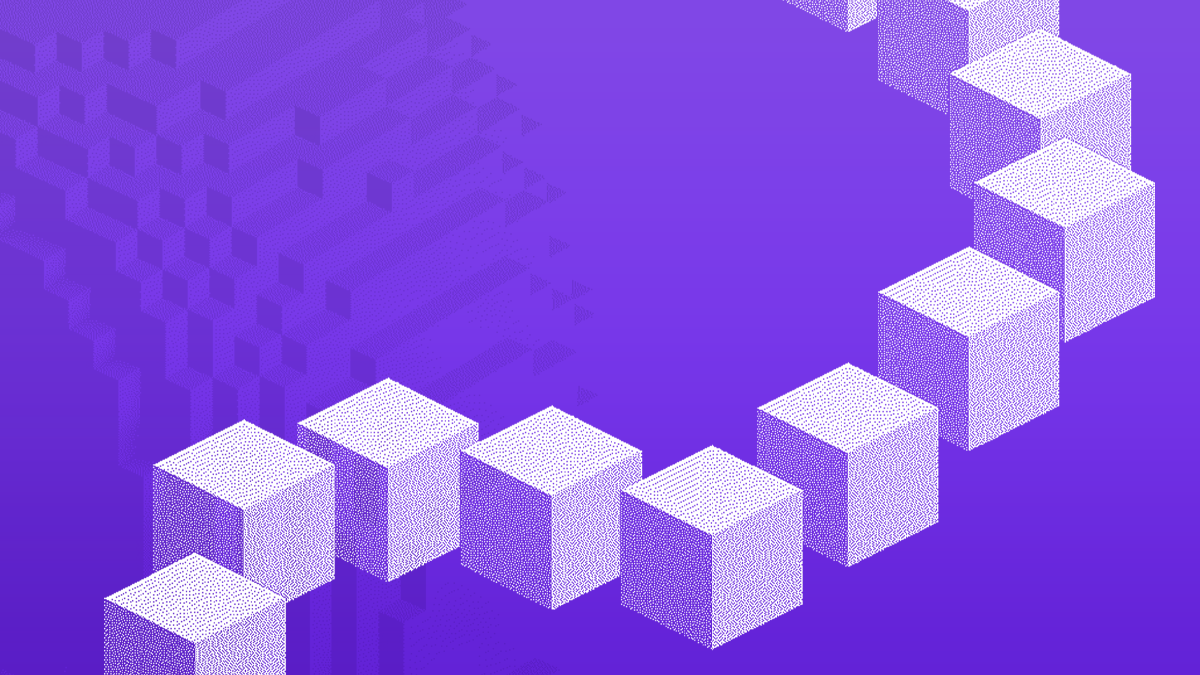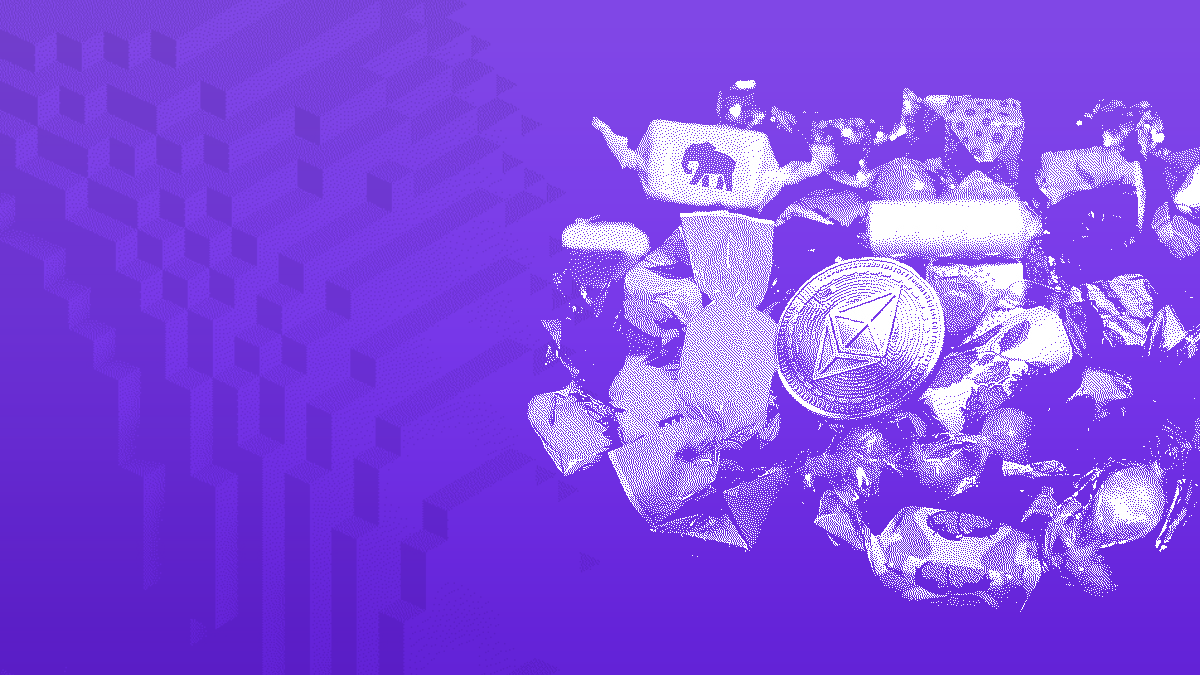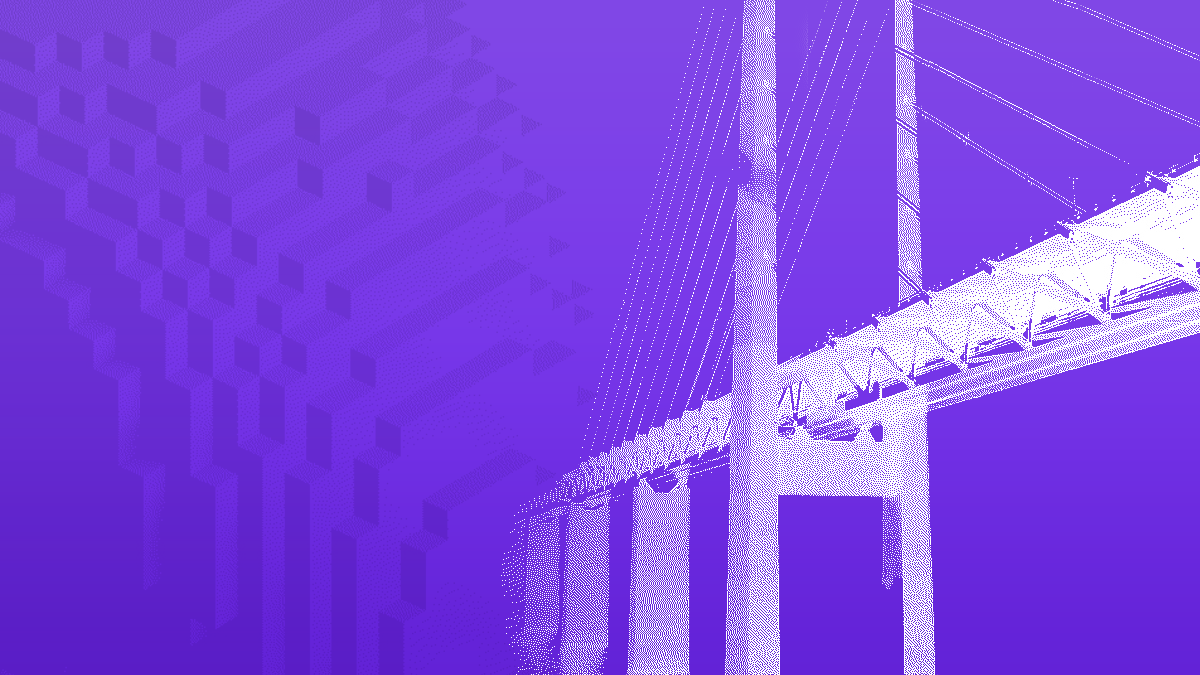A variety of blockchain networks host cryptocurrencies and decentralised finance (DeFi) applications. However these networks are discrete entities, and communication between them is not a simple process.
The following articles provide a background to the issue of interoperability and the ways in which the problem is being dealt with. Have a read before testing yourself with our quiz below.
1. What is Blockchain?
Blockchain technology offers a way to maintain a distributed and secure database perfect for financial applications. No single actor has the power to influence the system alone, new blocks are added only when verified by the majority of nodes on the network.

2. What is Interoperability?
Many different blockchain networks exist, but smooth communication between them is a difficult problem to solve in a decentralised manner. In order to create a financial system capable of massive adoption, this process must be made smoother without having to trust a centralised entity.

3. What are Token Standards?
In order to maximise composability between projects, their smart contracts and the tokens they use, the Ethereum network has introduced token standards. Among these are ERC-20, which is perfect for cryptocurrency, and ERC-721, perfect for NFTs.

4. What are Wrapped Tokens?
In order to send tokens from one network to another, smart contracts are able to lock or ‘wrap’ tokens on one network inside a smart contract, and create an equivalent token on another network.

5. How do Bridges work?
Bridges are the route via which tokens are sent between blockchains. Using a lock-mint, burn-release system, tokens from one blockchain are able to be used on another, maintaining their value. This allows users to transact with, for example, BTC on the Ethereum network.

6. What is Layer 2?
As well as other, entirely independent blockchains (L1s), another option to alleviate traffic on the congested Ethereum network is the application of Layer 2 (L2) solutions, such as Rollups and Sidechains. These are linked to Ethereum mainnet and offer a way to increase throughput whilst still relying on the underlying network’s security and decentralisation.

Summary
Blockchain technology allows for the development of the secure, decentralised networks which underpin DeFi. However, these very same qualities also limit scalability. As users are increasingly drawn to alternative networks where transactions are fast and affordable, the need for frictionless solutions to move between these discrete ecosystems grows.





